
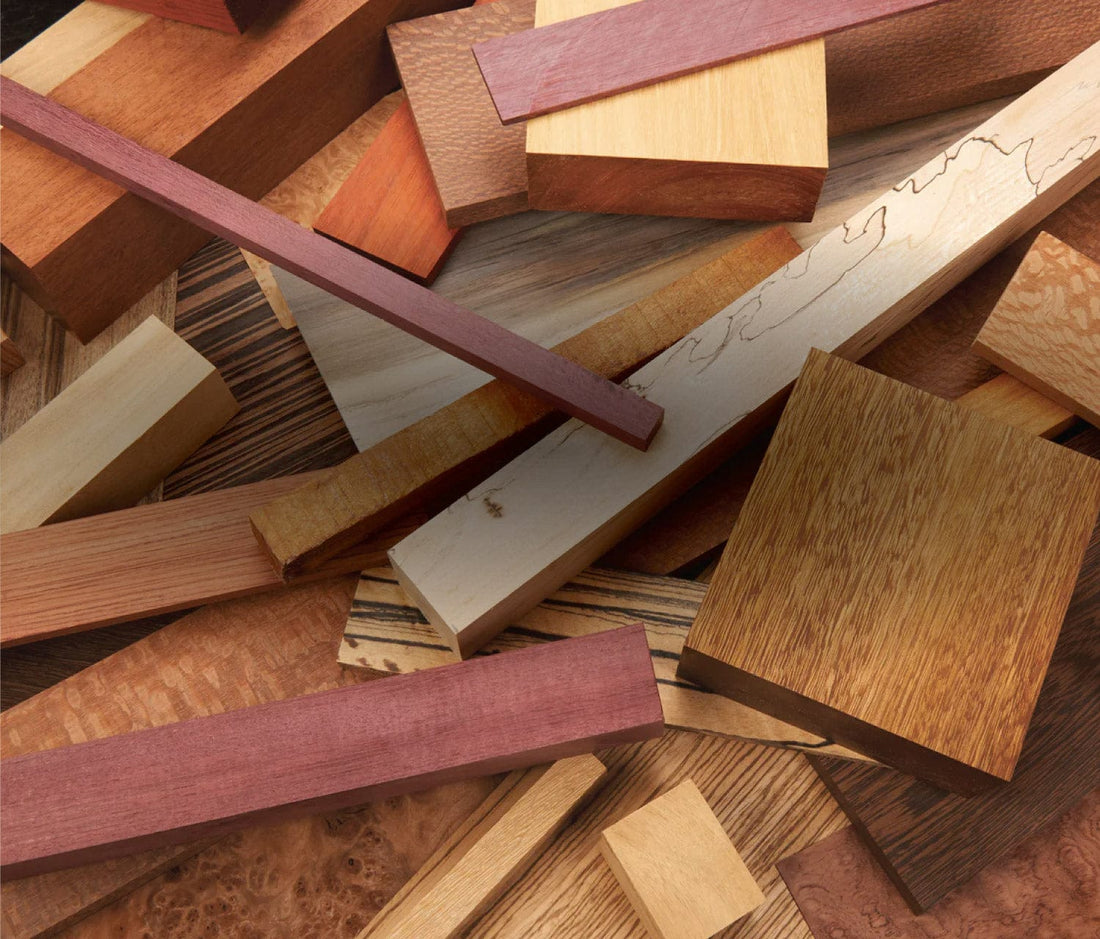
Without Wood, It's Just Working...
Without Wood, It's Just Working...
Wood Species Guide
Wood is the essential ingredient in our passionate pursuit. For the true woodworker, there is nothing more important than creating a project from the right wood stock. From MDF to Zebrawood, Woodcraft carries a full selection of domestic wood and exotic wood. Woodcraft also carries a wide selection of wood veneers, like Mappa Burl and Ash Burl. Woodcraft means wood. It's right in our name. Additional project supplies include felt or plastic craft sheets, engravable planes, lithophane stock, nuts, gourds, sign making polymer sheets, large exotic wood slabs and ebony gaboon, solders and metals.
Wood is a product of nature, and as such, no two pieces are alike to start with, while the same wood growing in different locales can vary greatly even though it is the exact same species. Our Wood Species Guide will help you navigate the world through the eyes of the forest and assist you in choosing the best species for your project. Because... without wood, it is just working!
A
-

Alder
Explore Alder(Alnus Rubra) Light tan to reddish brown color that darkens and reddens with age. Grain is generally straight with a uniform texture. Native to Western United States.
-
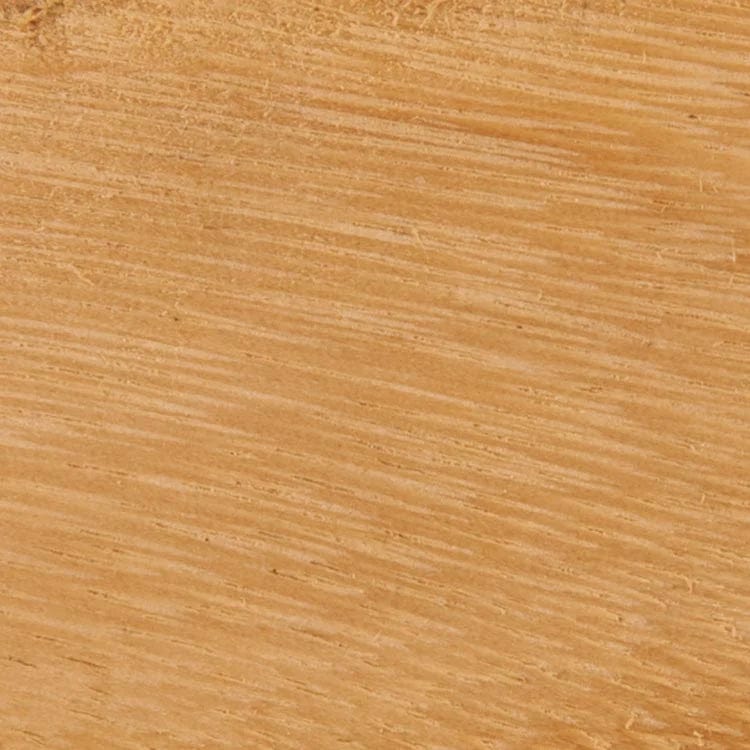
Angelim
Explore Angelim(Hydrochorea sp.) Yellow with a light pinkish Wenge-like pattern (alternating light and dark zones) around heartwood with darker lines. Native to South America.
-
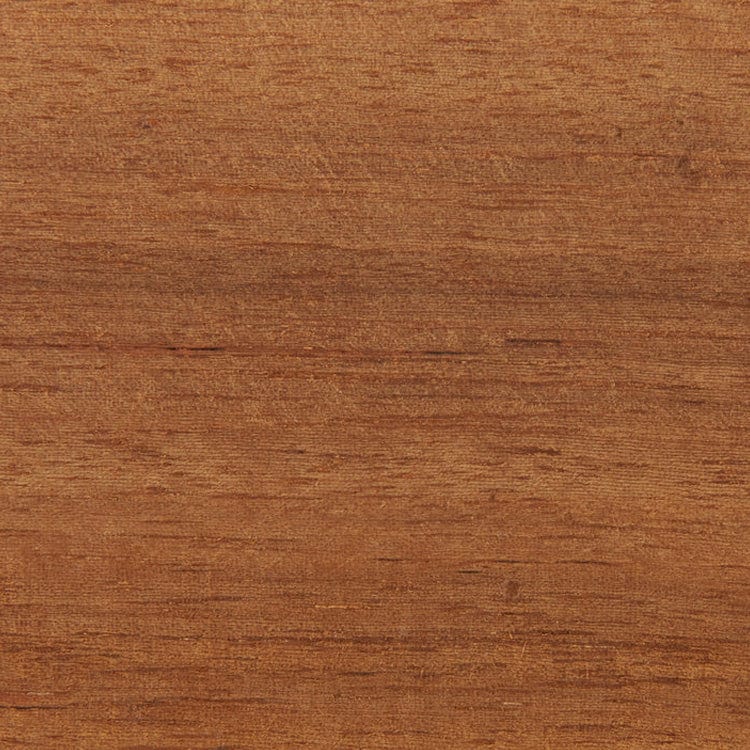
Angelique
Explore Angelique(Dicorynia guianensis) Heartwood is reddish to brown and shows wide purplish band. Grain is straight with a medium texture. Native to Surinam and Guyana.
-

Anigre
Explore Anigre(Aningeria Superba) Color is yellowish-white to pale brown, which darkens to a more golden brown with age. Native to Western Africa.
-
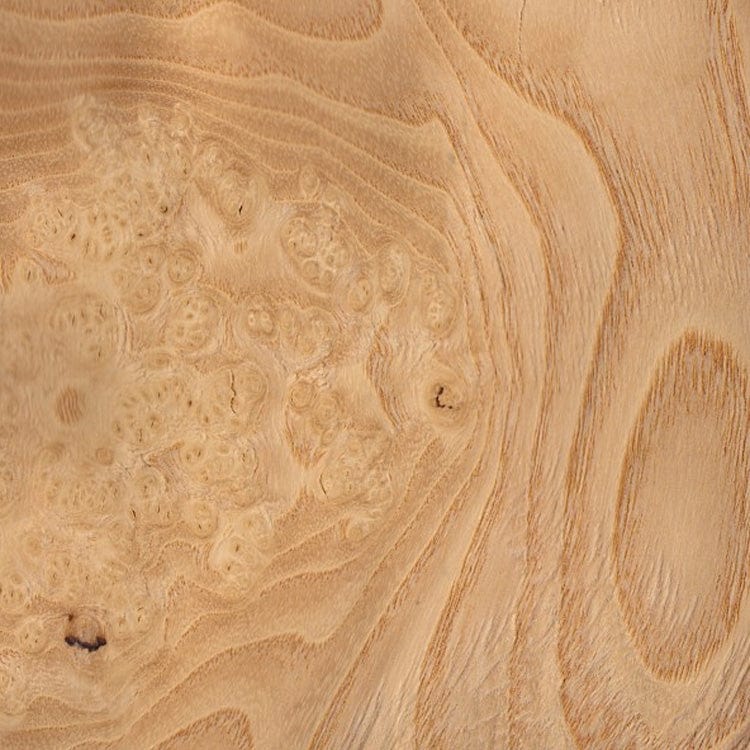
Olive Ash Burl
Explore Olive Ash Burl(Fraxinus excelsior) Cream or light brown background with medium brown, gray, or green vein lines. Most commercial Olive Ash Burl occurs as European Ash. Native to Europe.
-

Ash
Explore Ash(Fraxinus americana) Light brown heartwood with almost all white sapwood. Native to the United States.
-
-
B
-

Balsa
Explore Balsa(Ochroma pyramidale) Sapwood is white to off-white or tan color, sometimes with a pink or yellow hue. Native to South American rain forests.
-

Baltic Birch
Explore Baltic BirchLight in color but may contain knot patterns or mineral streaks. Includes no softwood or filler plies. Native to the Baltic Sea region.
-

Bamboo
Explore BambooTwo primary colors: Natural and Carbonized (or Carmelized). Bamboo is a green product – fast-growing and renewable. Native to China.
-
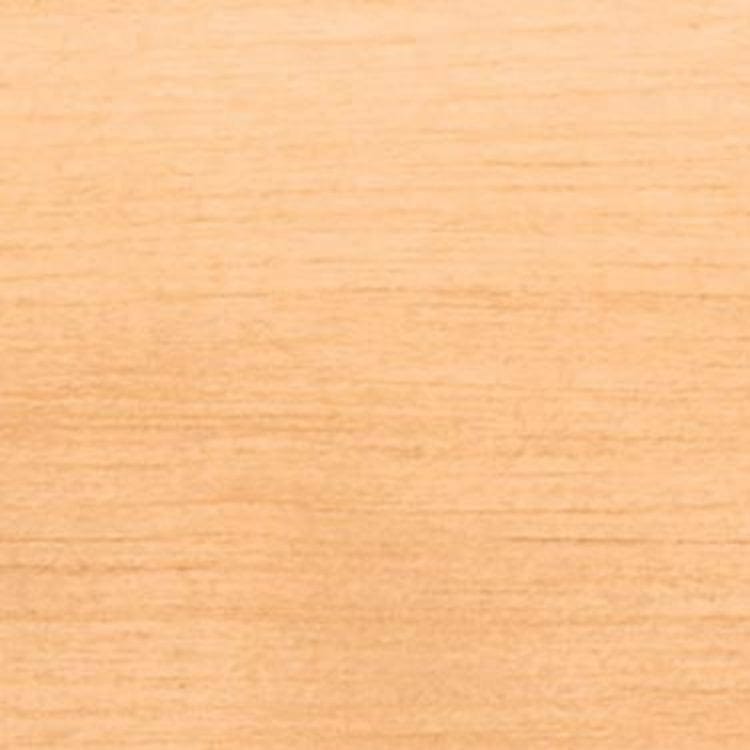
Basswood
Explore Basswood(Tilia americana) Creamy white in color and lighter in weight than the related European Lime. Native to United States and Canada.
-
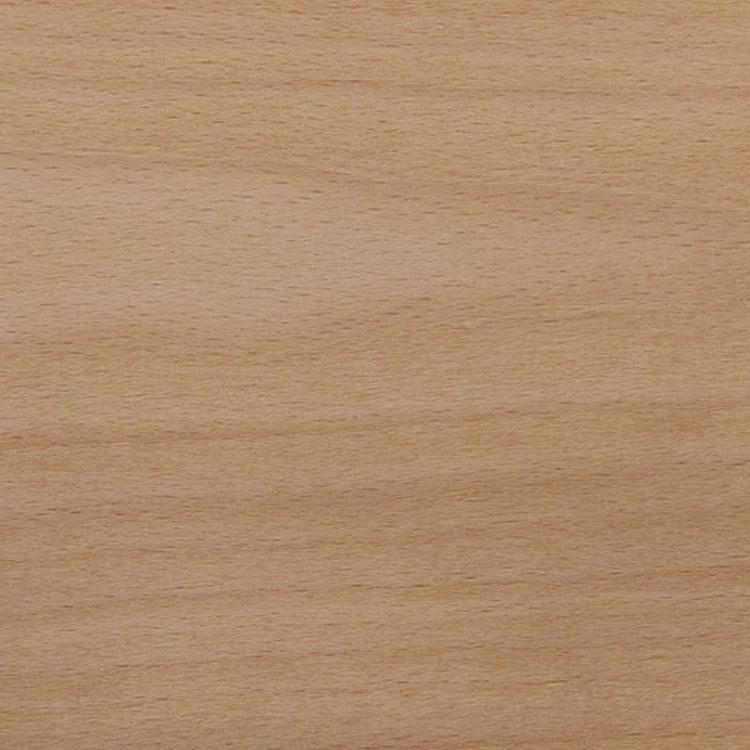
Beech
Explore Beech(Fagus sylvatica) Pale pink to a creamy reddish light brown color with a fine silky texture and tight uniform grain that includes small silvery pith rays, creating a slightly lustrous sheen. Native to Europe.
-

Birch
Explore Birch(Betula Papyrifera) Wide sapwood, creamy white with a pale brown heartwood. Native to Canada and Eastern United States.
-
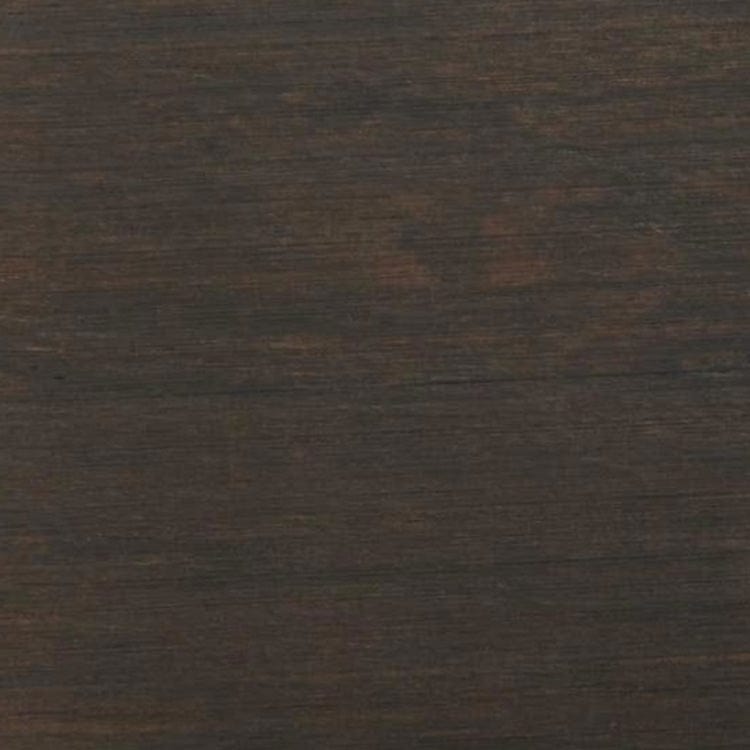
African Blackwood
Explore African Blackwood(Dalbergia melanoxylon) Purplish black to dark brown with black streaks. A firm, heavy wood with outstanding working qualities. Native to the dry savanna regions of central and southern Africa.
-
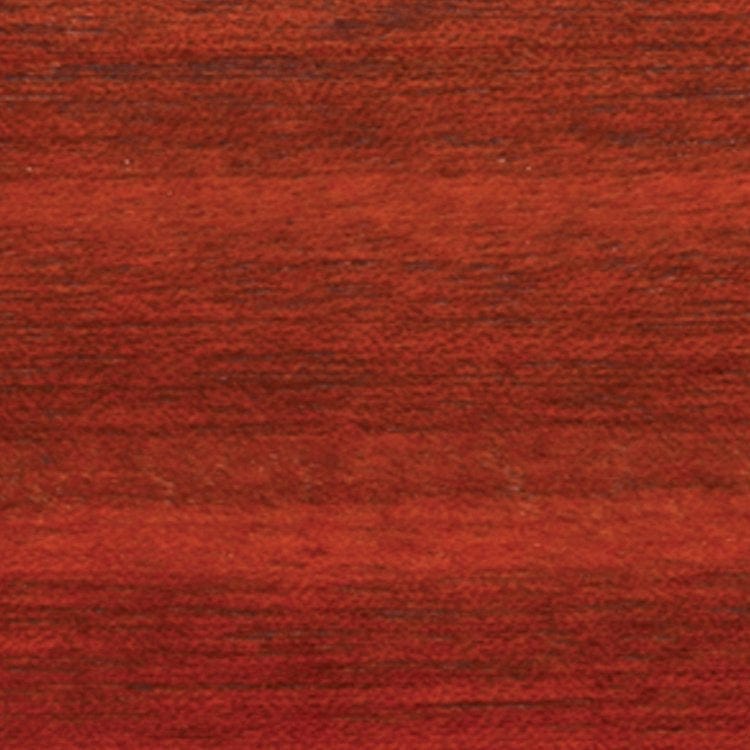
Bloodwood
Explore Bloodwood(Brosimium paraense) Commonly referred to as "cardinal wood," a medium to hard wood with red to crimson color and tight, straight interlocking grain. Native to tropical America.
-
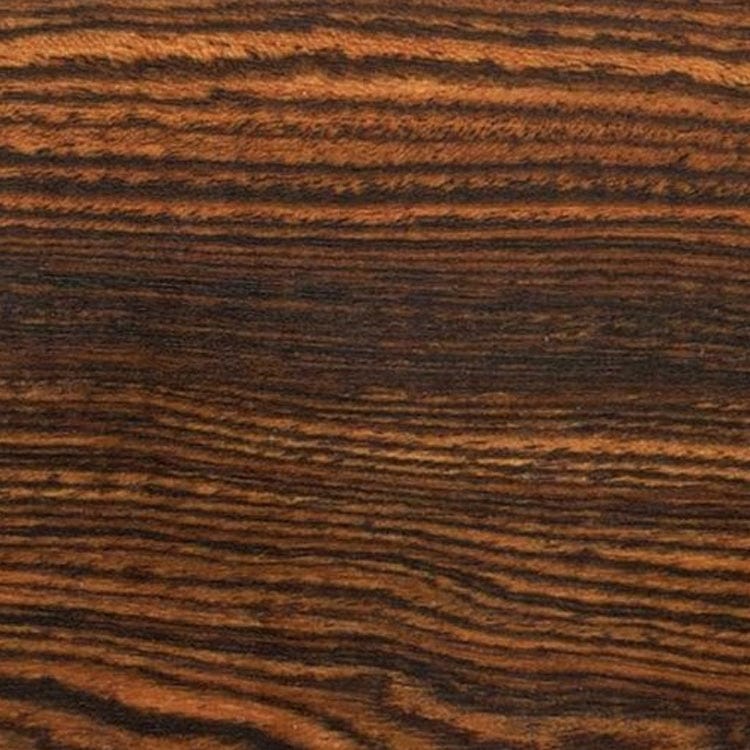
Bocote
Explore Bocote(Cordia spp.) Yellowish brown body with dramatic dark brown to almost black stripes. Color tends to darken with age. It's common to see many "eyes" and other figures in Bocote. Native to Mexico and Central/South America, though certain species occur in Africa.
-
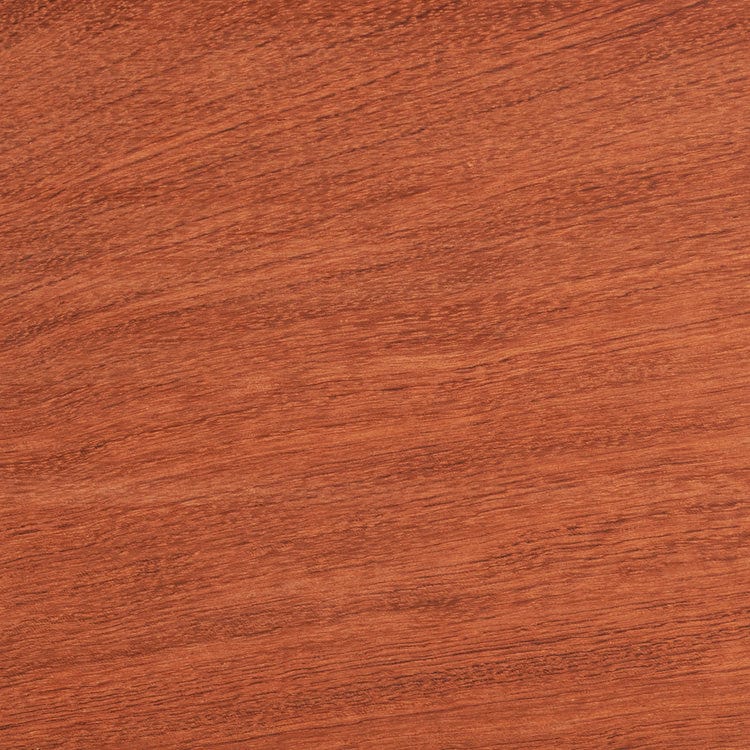
Bubinga
Explore Bubinga(Guibourtia spp.) Also known as African Rosewood. Beautiful, dense hardwood with a rose-colored background and darker purple striping. Native to Africa.
-
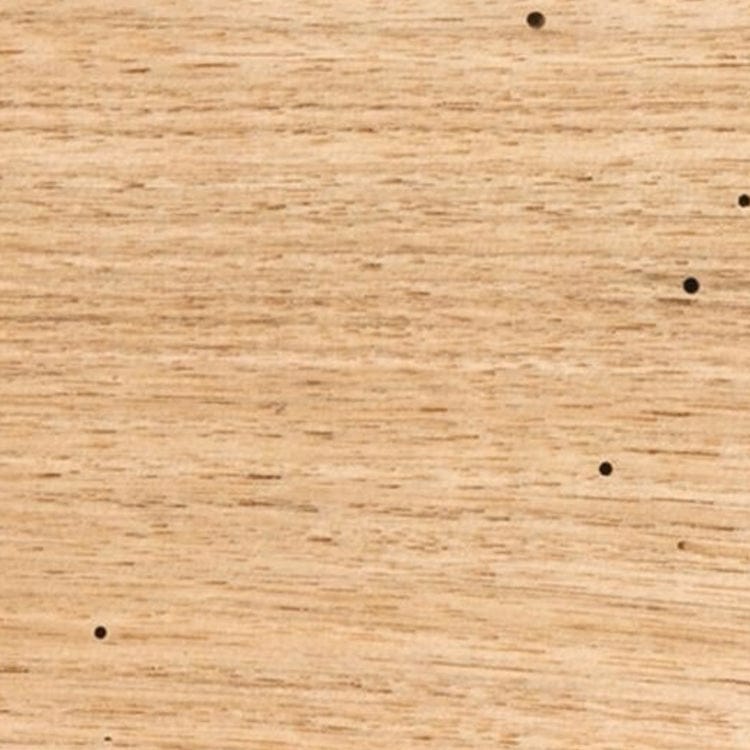
Butternut
Explore Butternut(Juglans cinera) Common Names: Butternut, white walnut, oil-nut. Color is medium brown to dark brown heartwood, sometimes with a reddish tint. Butternut is closely related to Black Walnut. Native to Canada and the United States.
-
C - D
-

Canarywood
EXPLORE CANARYWOOD(Centroloblum orinocense) Color can vary from a pale yellow-orange to a darker reddish brown, usually with darker streaks throughout.
Native to Mexico -

Aromatic Cedar
EXPLORE AROMATIC CEDAR(Juniperus virginiana) Sapwood is white to cream in contrast with the salmon to dark red of the heartwood.
Native to United States -
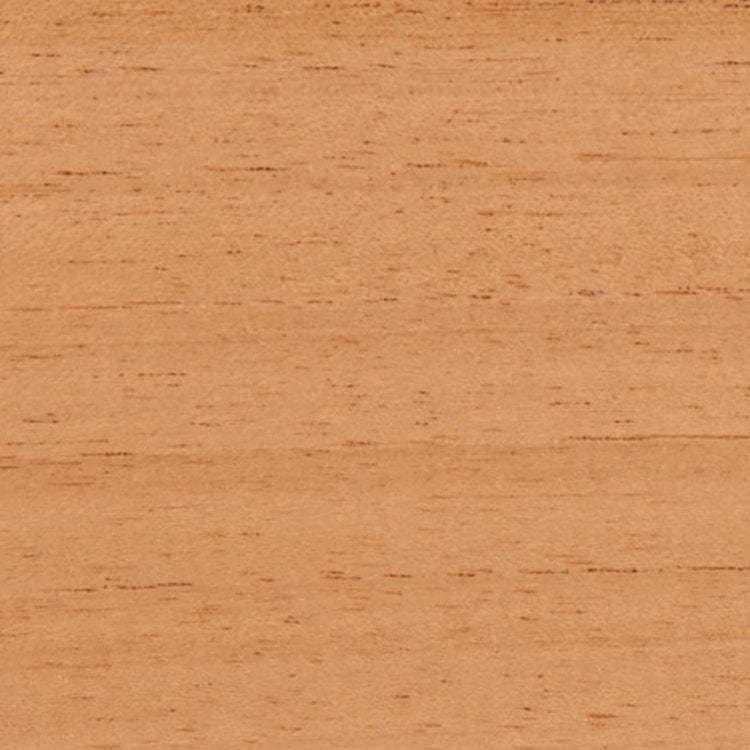
Spanish Cedar
EXPLORE SPANISH CEDAR(Cedrela Odorata) Light reddish brown to dark brown color with a grain texture similar to mahogany.
Native to Central and South America. -
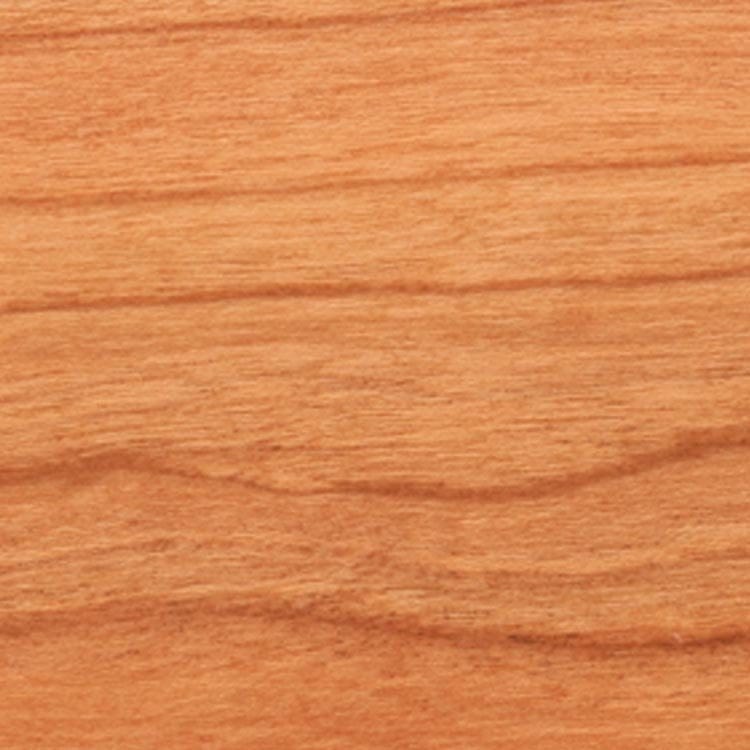
Cherry
EXPLORE CHERRYPair text with an image to focus on your chosen product, collection, or blog post. Add details on availability, style, or even provide a review.
-
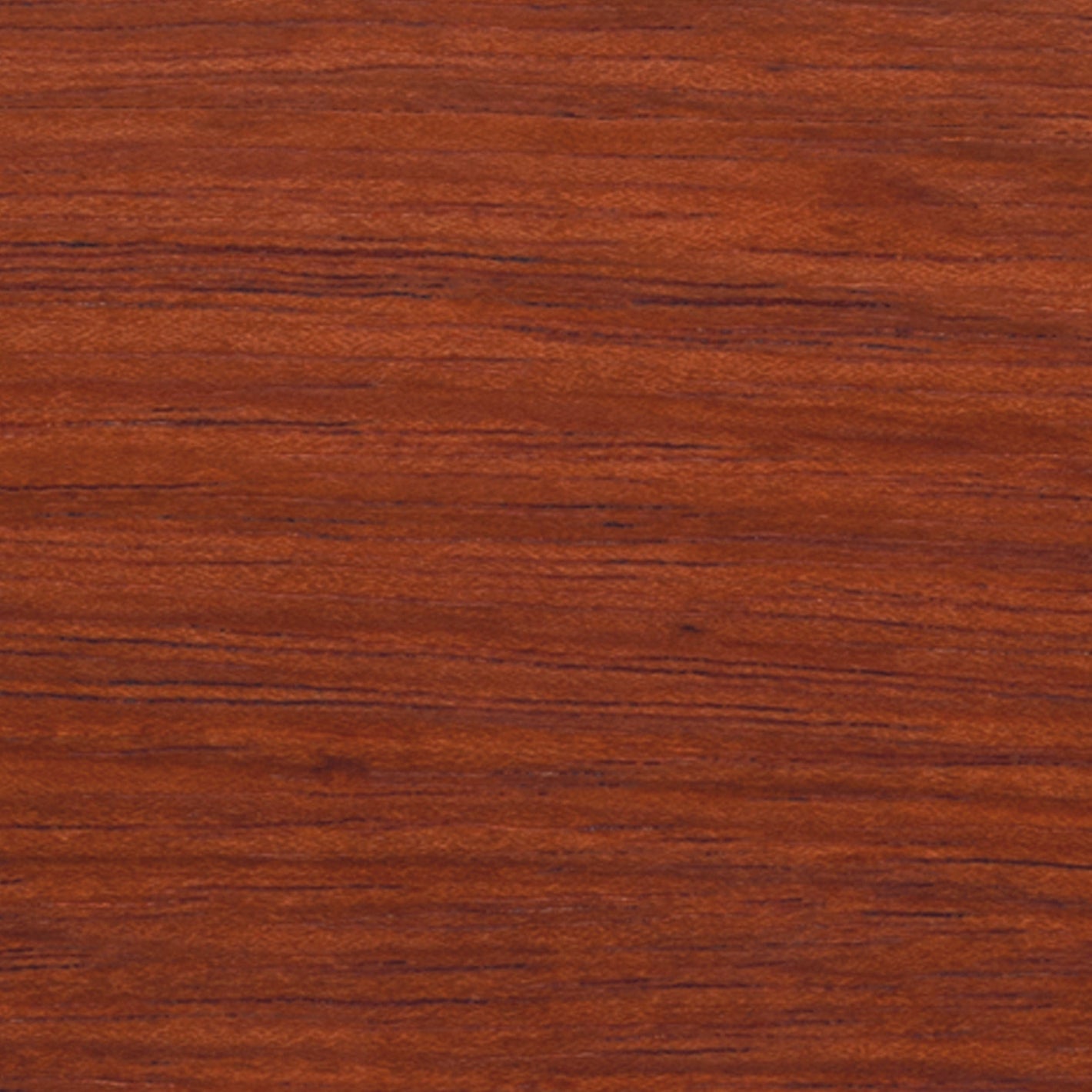
Brazilian Cherry (Jatoba)
EXPLORE BRAZILIAN CHERRY(Hymenaea courbaril) Also known as Jatoba. Color varies from a lighter orange-brown to a darker reddish brown, which tends to become darker with age.
Native to Central and South America. -

Red Coolibah Burl
EXPLORE RED COOLIBAH BURL(Eucalyptus coolabah) Heartwood color that ranges from brownish-pink to darker reddish-brown showcases the eye of this fabulous burl.
Native to Australia
-

Douglas Fir
EXPLORE DOUGLAS FIR(Pseudotsuga menziesii) Light brown with a hint of red or yellow color with darker growth rings.
Native to Western North America -
E
-
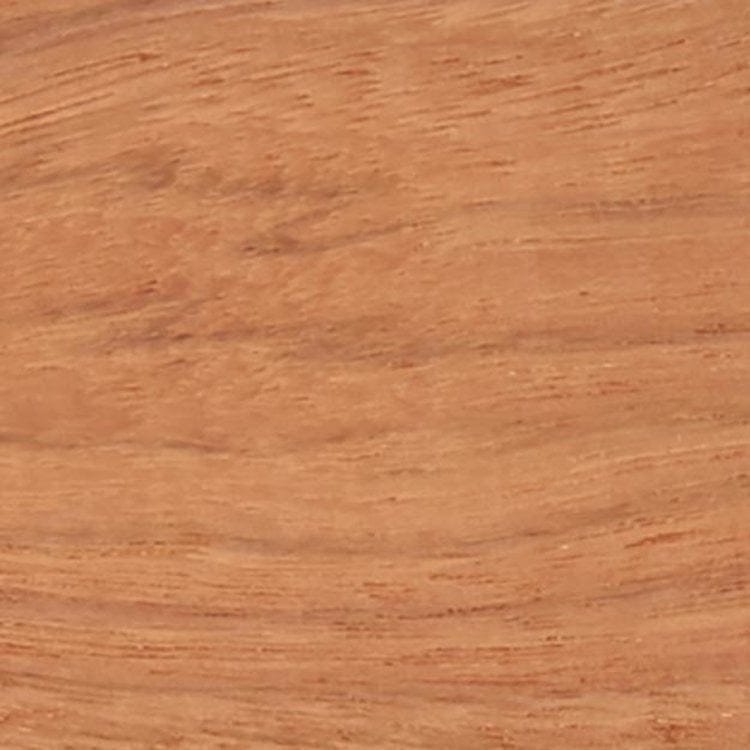
Ebiara
EXPLORE EBIARA(Berlinia grandiflora) Heartwood varies from pink-red to dark red-brown. Dark-purplish-brown irregular streaks or stripped veins are sometimes visible on quartered surfaces.
Native to Africa -
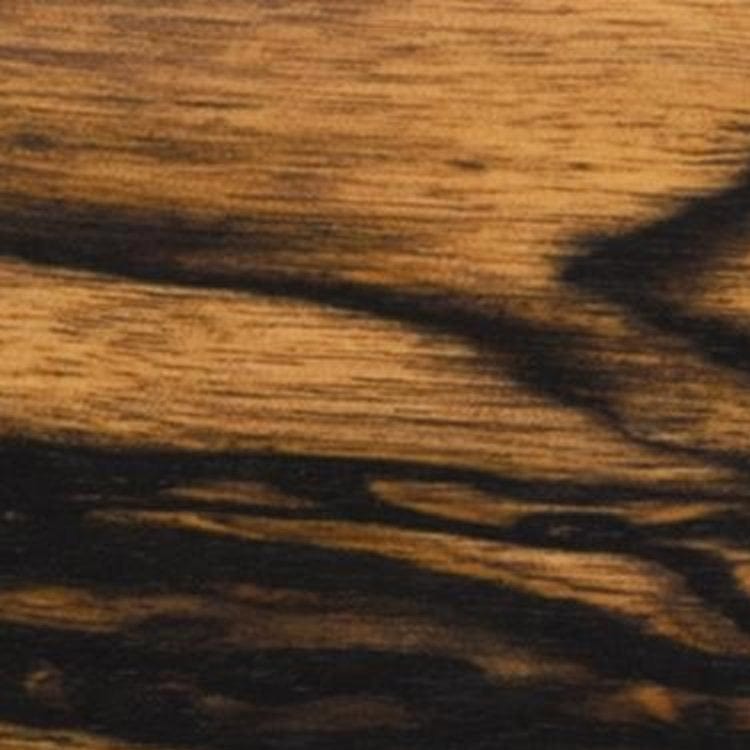
Black & White Ebony
EXPLORE BLACK & WHITE EBONY(Diospyros embryopteris) Color varies, typically uniformly black with light-colored bands, pale to medium brown zones, or with marked contrast between almost white and black wood.
Native to Southeast Asia and Laos -
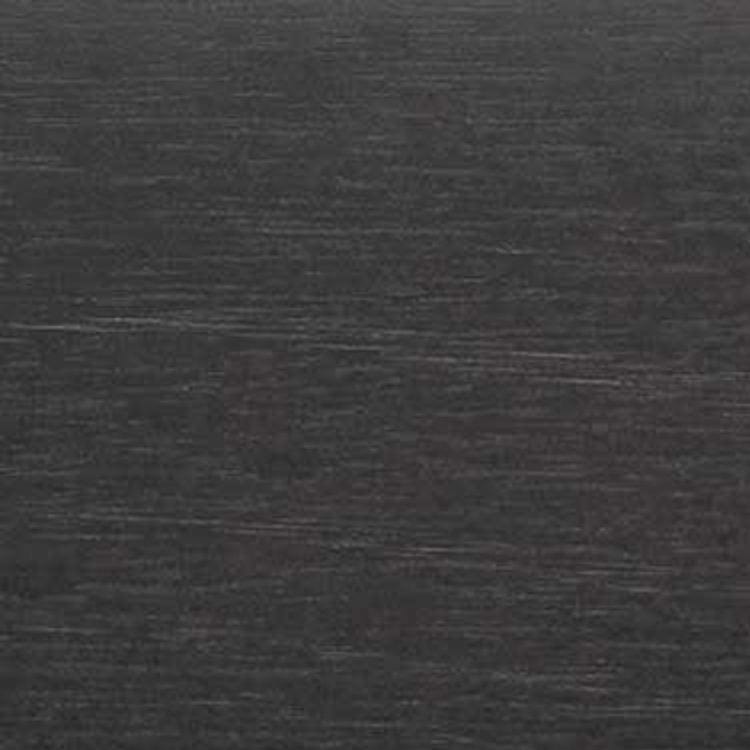
Gaboon Ebony
EXPLORE GABOON EBONY(Diospyros spp.) Usually jet black, with little to no variation or visible grain. Occasionally, dark brown or grayish-brown streaks may be present.
Native to Africa -
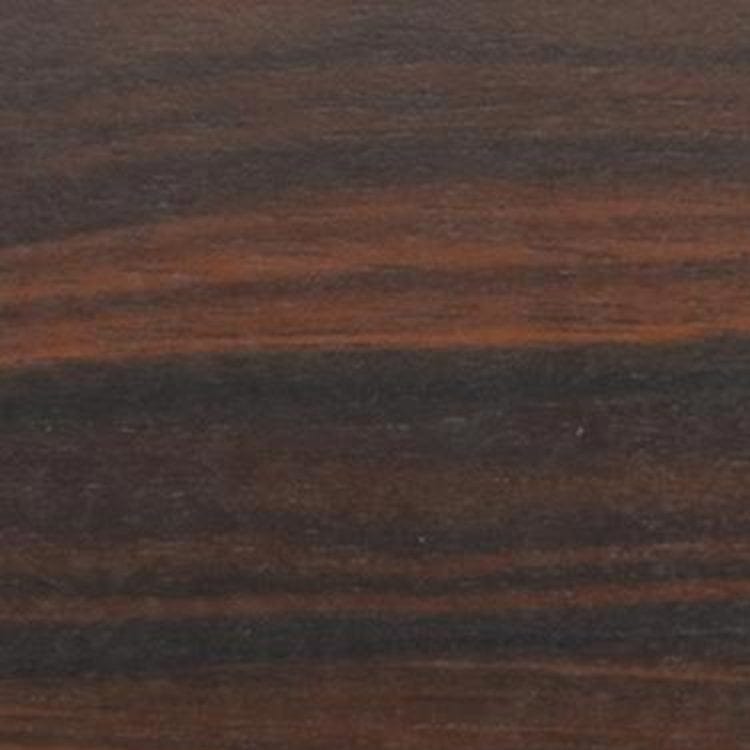
Macassar Ebony
EXPLORE MACASSAR EBONY(Diospyros celebica) Dramatic striped appearance. Dark brown to black heartwood with contrasting bands of yellow to golden brown.
Native to Southeast Asia
F - G
-

Finnish Birch Plywood
EXPLORE FINNISH BIRCH PLYWOODLightweight, multi-ply plywood has superior strength and durability characteristics.
Grain runs with largest dimension. -
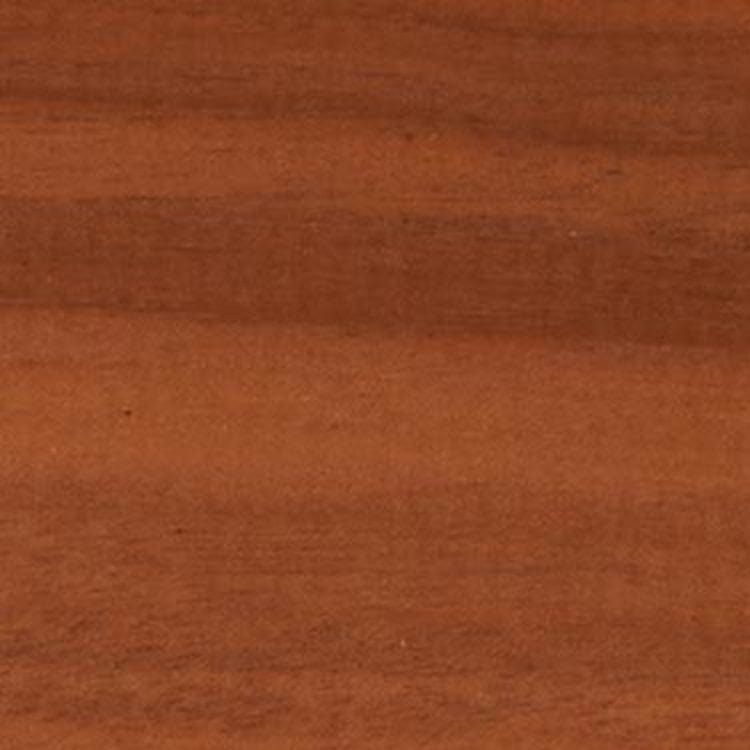
Goncalo Alves
EXPLORE GONCALO ALVES(Astronium graveolens) Medium reddish-brown with irregularly spaced streaks of dark brown to black. Color variations on a board can often be dramatic.
Native to Mexico and commonly found in Brazil -
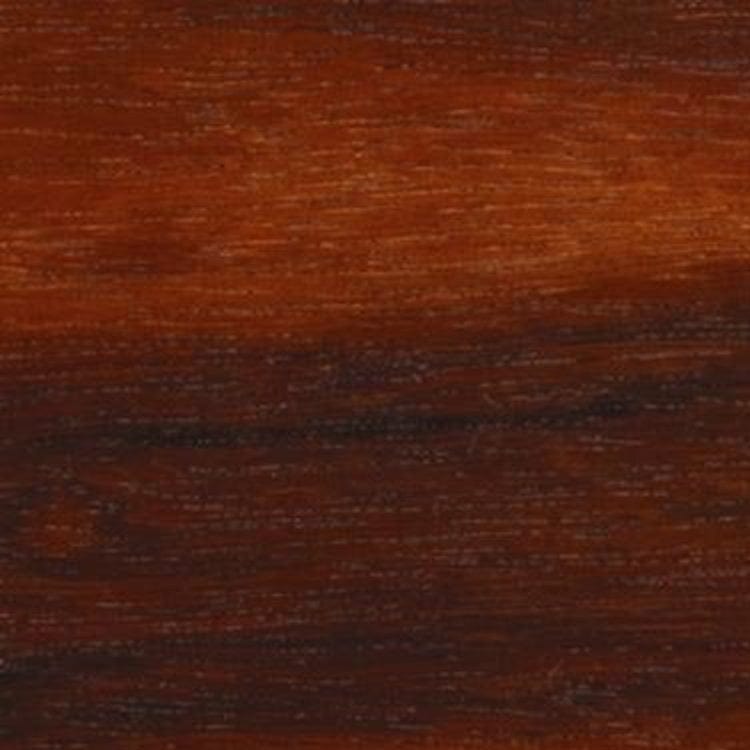
Granadillo
EXPLORE GRANADILLO(Platymiscium ulei) A hard, satiny, reddish–brown wood with charming light cream-colored highlights and swirling grain.
Native to Central and South America, particularly Suriname, Honduras and Venezuela -
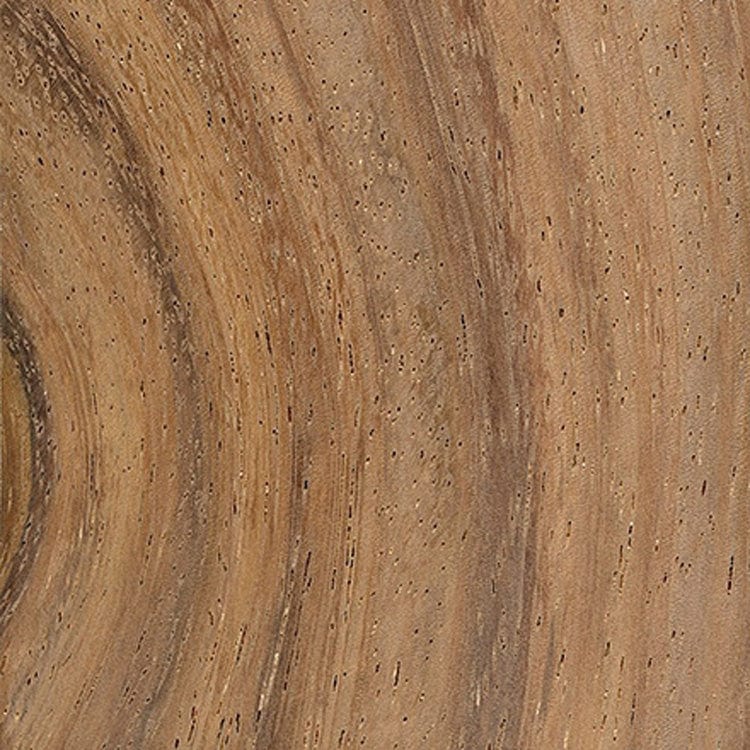
Guanacaste
EXPLORE GUANACASTE(Enterolobium cyclocarpum) Reddish-brown with darker streaks of brown sometimes present. Sapwood is pale yellow and is clearly demarcated from the heartwood.
Native to Mexico and Central America and the Guanacaste province of Costa Rica
H - I
-
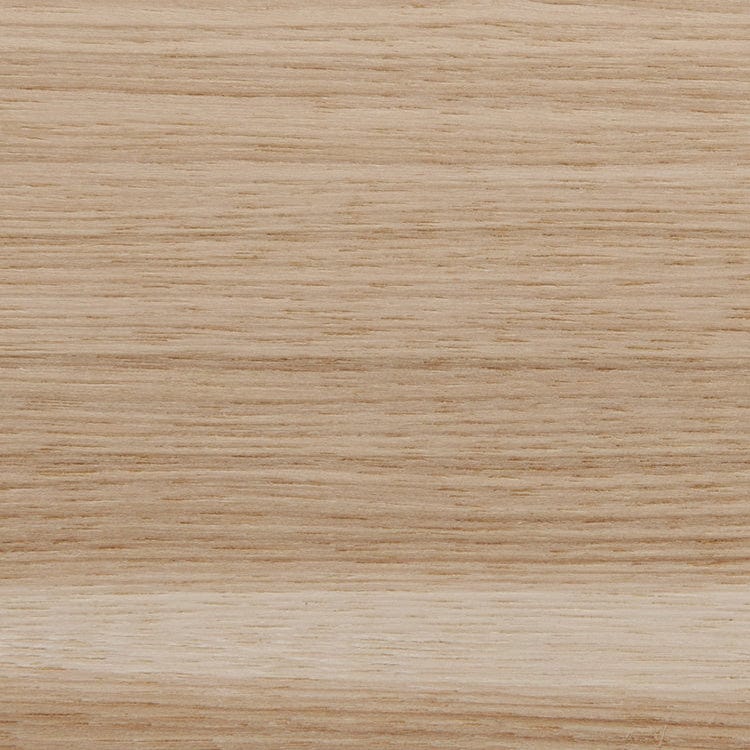
Hickory / Pecan
EXPLORE HICKORY / PECAN(Carya glabra) Pale yellow beige heartwood and a contrasting creamy reddish light brown color sapwood. The stark combination of light and dark creates a naturally bold effect.
Native to Eastern North America -

American Holly
EXPLORE AMERICAN HOLLY(Ilex Opaca) Close-grained, moderately heavy, creamy white wood with almost indistinct growth rings.
Native to Eastern United States -
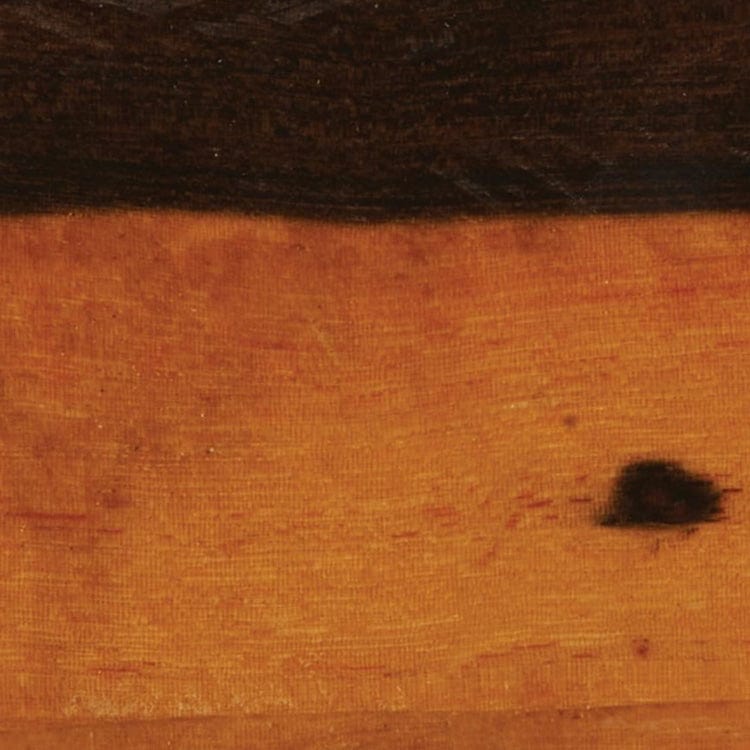
Ironwood
EXPLORE IRONWOOD(Swartzia spp.) Delicious chocolate brown wood with excellent figure and wild darker stripes. Although called Ironwood, it is not any harder than your typical exotic.
Native to Suriname and northern South America
-
J - K
-
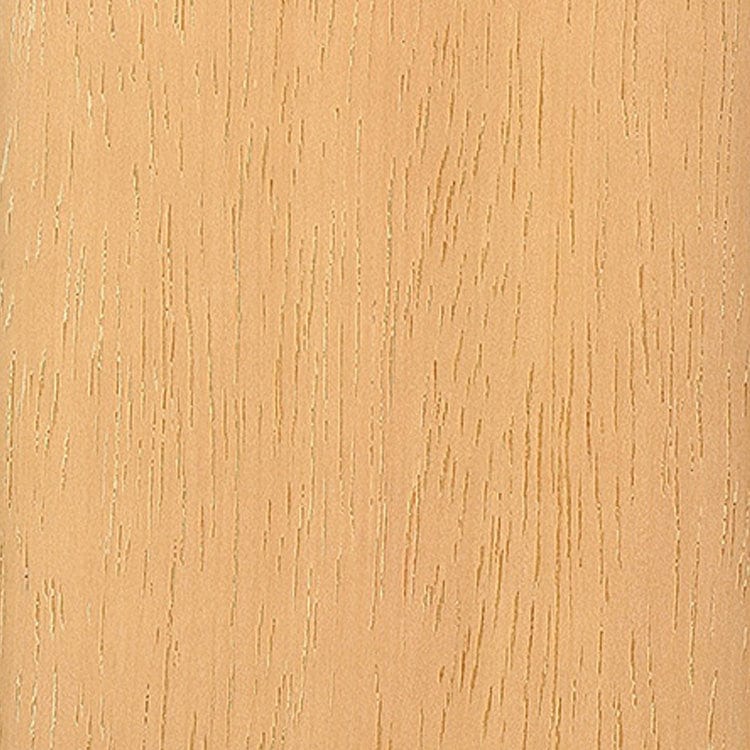
Jelutong
EXPLORE JELUTONG(Dyera costulata) Color is white or straw colored, and there is no differentiation between heartwood and sapwood.
Native to Malaysia
-
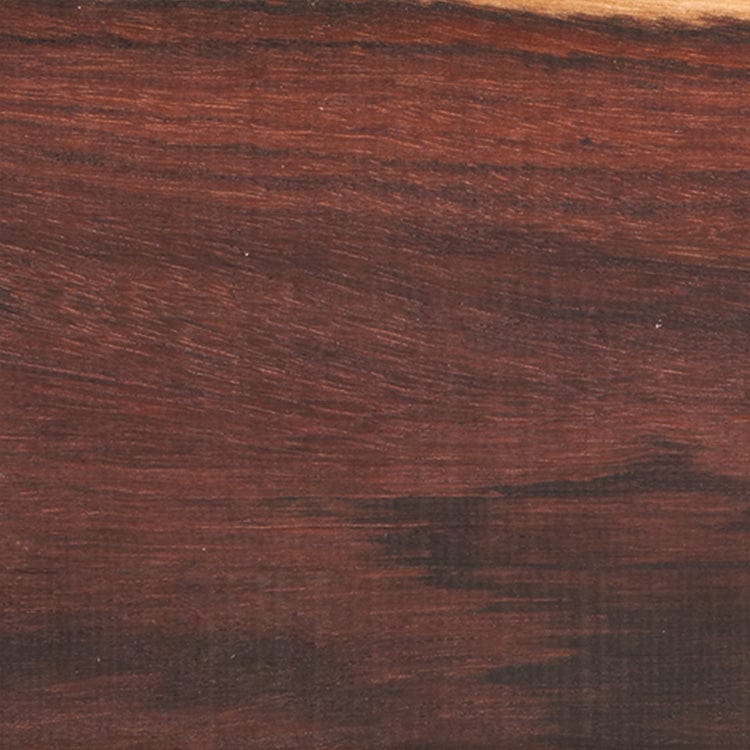
Katalox
EXPLORE KATALOX(Swartzia spp.) Heartwood is dark reddish brown to nearly black, sometimes with an intense purple hue. Sapwood is sharply demarcated and is pale yellowish white.
Southern Mexico, Central America, and northern South America
-

Kiatt
EXPLORE KIATT(Pterocarpus angolensis) Color can vary widely from a light golden brown to a dark reddish- or purplish-brown.
Native to South Central Africa -
L
-

Lacewood
EXPLORE LACEWOOD(Panopsis spp.) Reddish brown with darker brown "lace" patterning.
Native to South America -

Lati
EXPLORE LATI(Amphimas pterocarpoides) Also known as "white Wenge." The heartwood is yellowish-brown, often with whitish markings that darken with age.
Native to Cameroon -
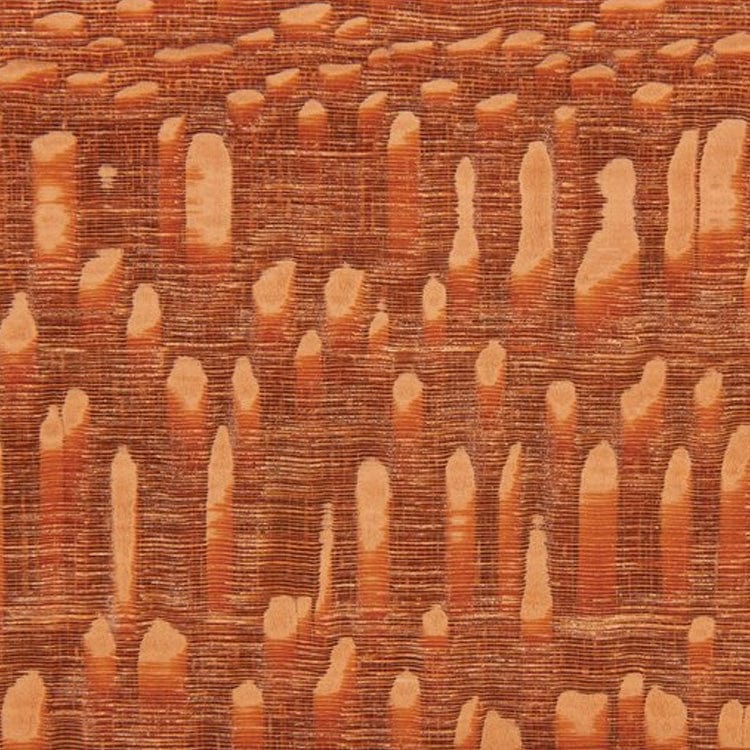
Leopardwood
EXPLORE LEOPARDWOOD(Roupala montana) Medium to dark reddish-brown with grey or light brown rays, which resemble the spots on a leopard.
Native to Central and South America -
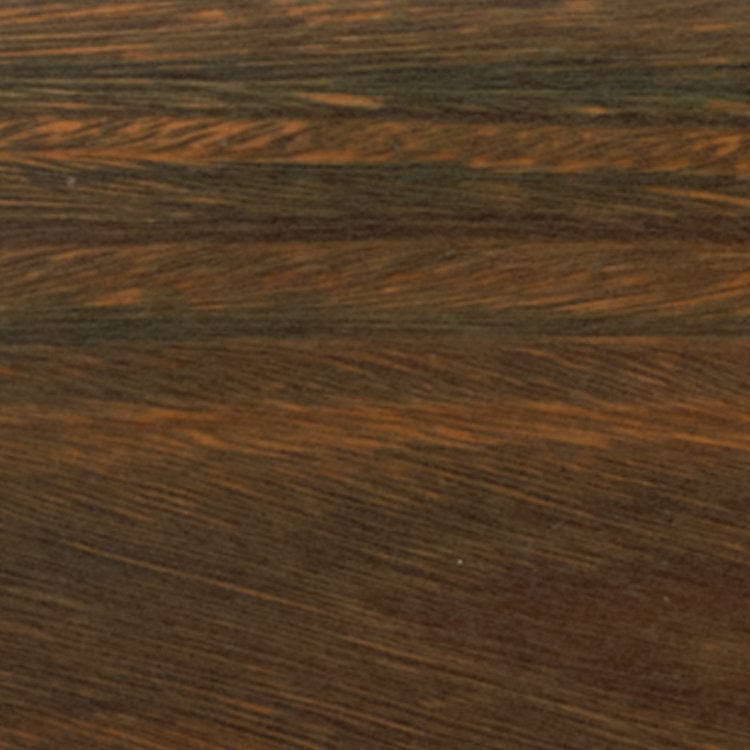
Lignum Vitae
EXPLORE LIGNUM VITAE(Bulnesia sarmientoi) Heartwood is dark greenish brown to almost black and sharply demarcated from the pale yellow or cream-colored sapwood.
Native to Central America and northern South America
M
-
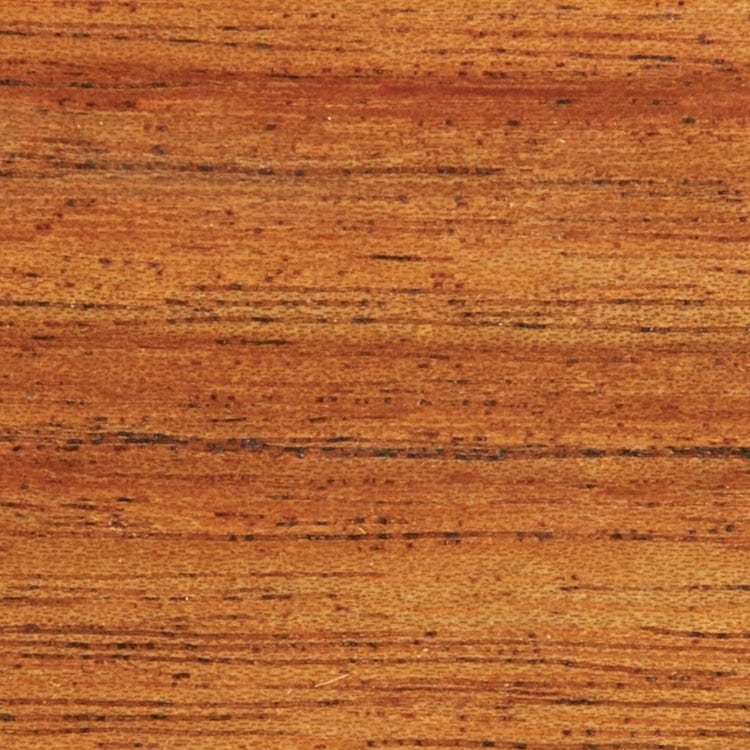
Macacauba
EXPLORE MACACAUBA(Platymiscium spp.) Ranges from bright red to a darker reddish- or purplish-brown color, commonly with darker strips. Sapwood is clearly demarcated yellow to white.
Native to Central and South America
-
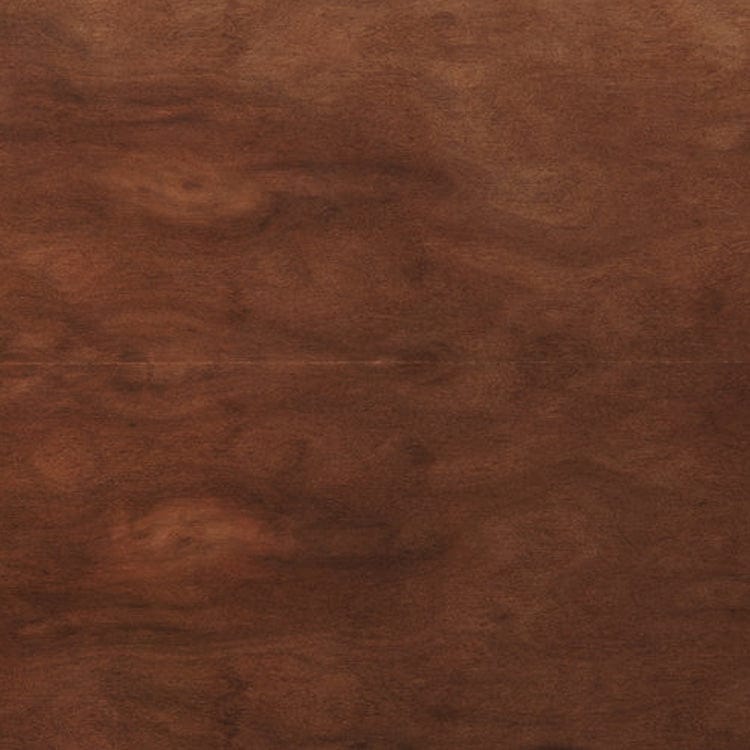
Madrone Burl
EXPLORE MADRONE BURLColor tends to be cream or pinkish brown, but it can also have dark red patches. Madrone burl veneer has many closely packed clusters of knots and swirled grain.
Native to Northwest North America -

Mahogany
EXPLORE MAHOGANY(Swietenia macrophylla) Also known as Honduran mahogany or genuine mahogany. Color can vary a fair amount, from a pale pinkish brown to a darker reddish brown, and tends to darken with age.
Native to the area extending from Southern Mexico to central South America -
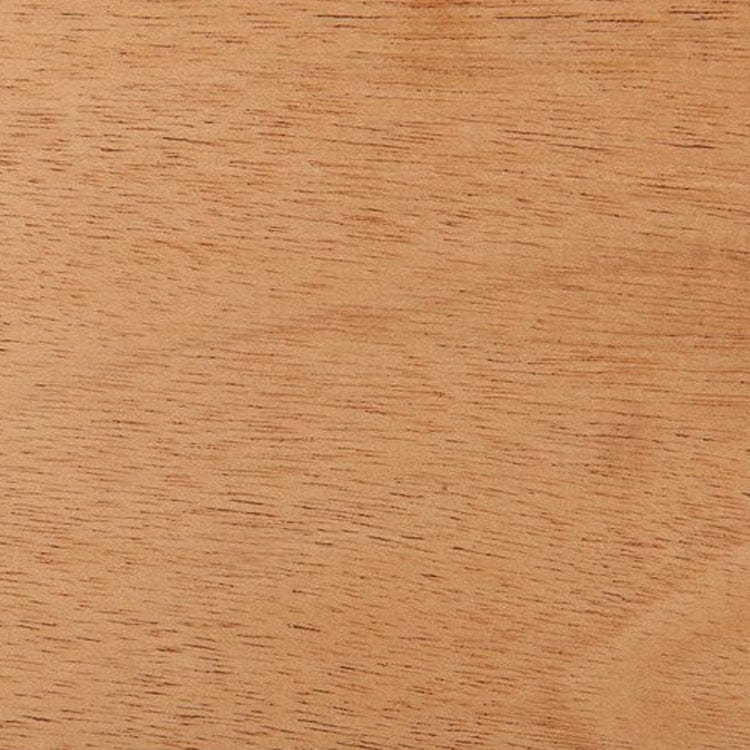
African Mahogany
EXPLORE AFRICAN MAHOGANY(Khaya spp.) The heartwood is a light pink-brown that darkens when cut to a reddish-brown.
Native to West tropical Africa -
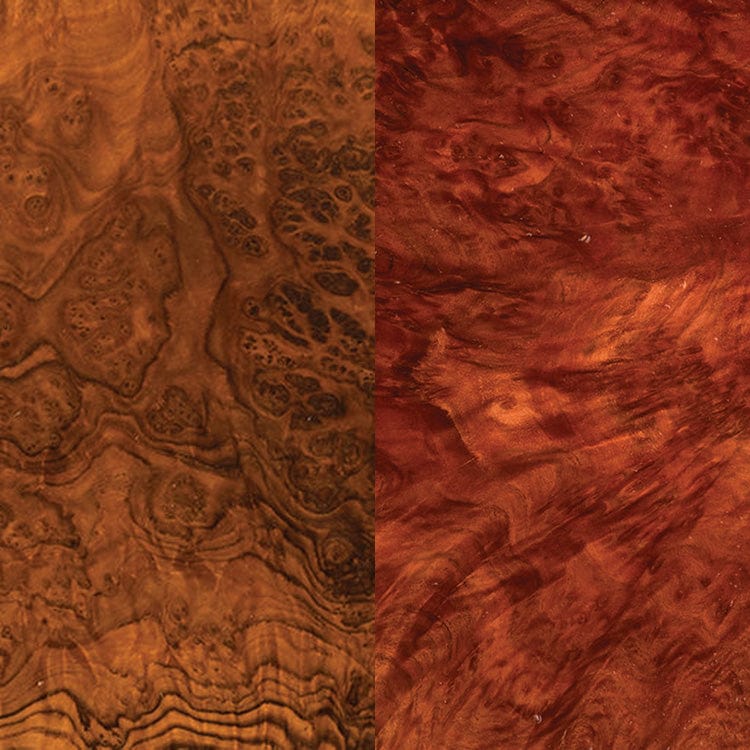
Brown and Red Mallee Burl
EXPLORE BROWN AND RED MALLEE BURLRed mallee (Eucalyptus socialis) heartwood ranges from pink to orangish red. Brown mallee (Eucalyptus dumosa, E. viridis) heartwood is generally medium brown, sometimes with an orange cast. Both red and brown mallee burls are known for their vibrant color and heavy concentration of burl eyes.
Native to Australia -
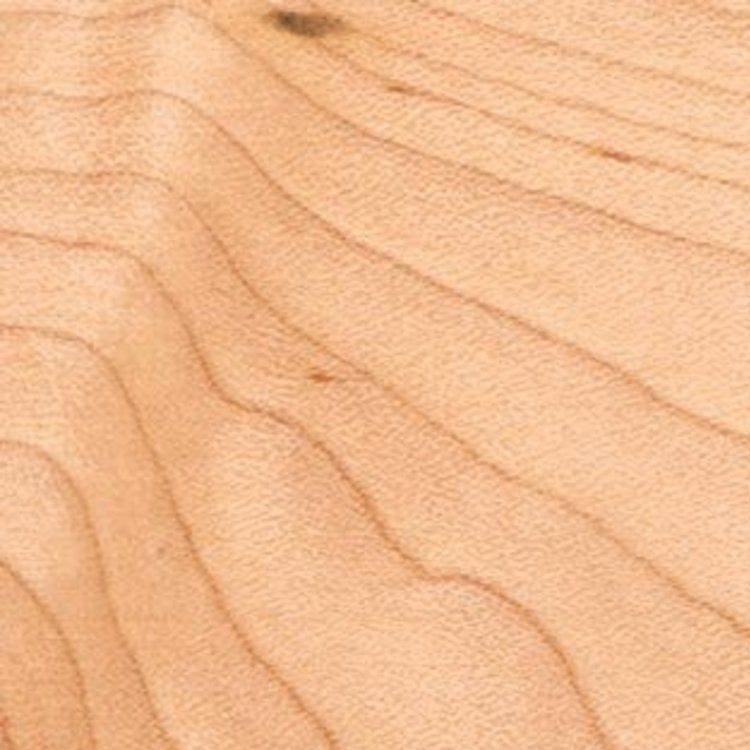
Maple
EXPLORE MAPLE(Acer saccharum) sapwood color ranges from nearly white, to an off-white cream color, sometimes with a reddish or golden hue. The heartwood tends to be a darker reddish brown.
Native to eastern North America -
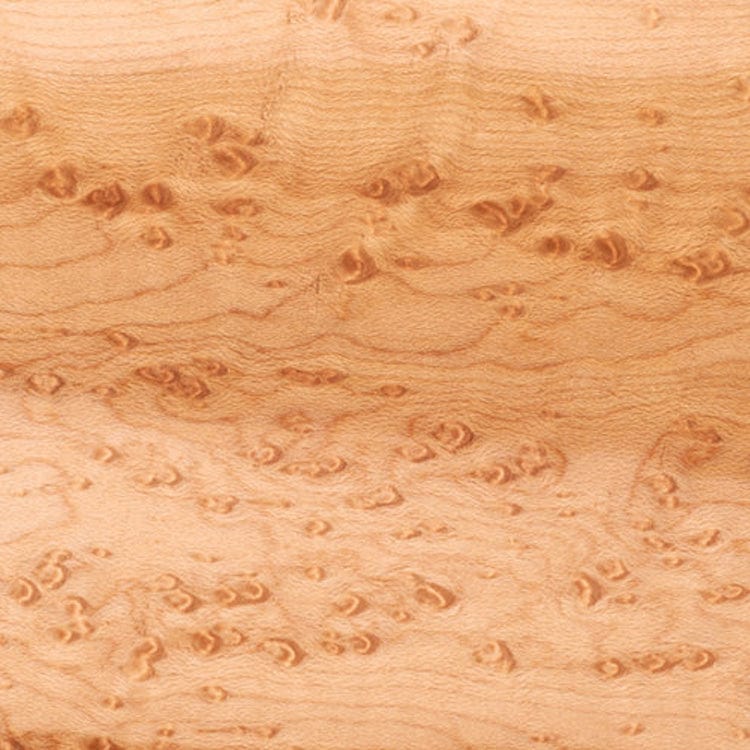
Birds-Eye Maple
EXPLORE BIRDS-EYE MAPLE(Acer saccharum) Birds Eye Maple is so named because the figure resembles a small bird's eye. Sapwood ranges from nearly white to an off-white cream color, sometimes with a reddish or golden hue.
Native to Canada and northeastern United States -
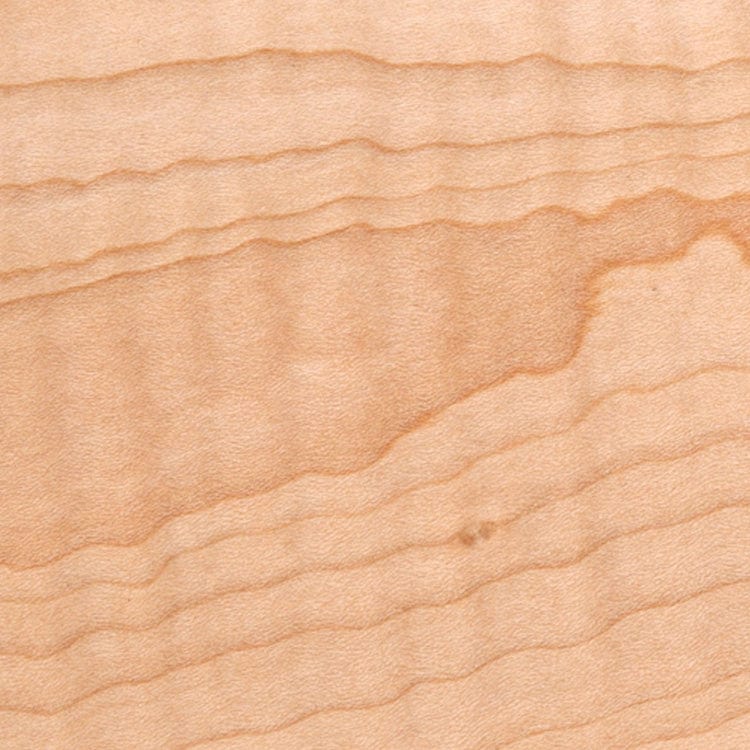
Curly Maple
EXPLORE CURLY MAPLE(Acer spp.) Called "curly" maple because the ripples in the grain pattern create a three-dimensional effect that appears as if the grain has "curled" along the length of the board.
Native to Northwest USA and West Coast Canada -

Quilted Maple
EXPLORE QUILTED MAPLE(Acer spp.) Called "quilted" maple because the ripples in the grain create a pattern similar to the patchwork patterns seen on fabric quilts.
Native to Northwest USA and West Coast Canada -
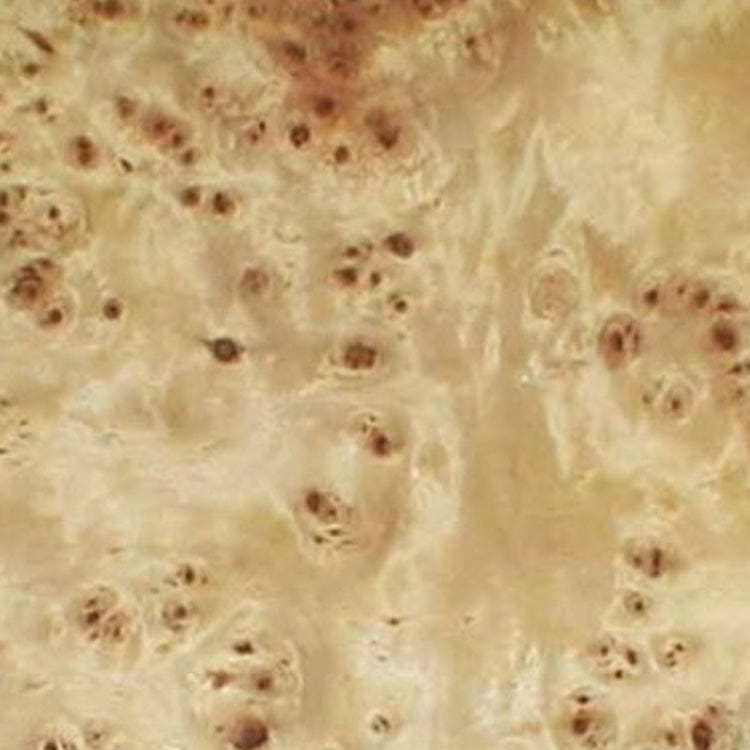
Mappa Burl
EXPLORE MAPPA BURL(Populus nigra) Creamy white color with reddish brown knots and open knots.
Native to Europe. -
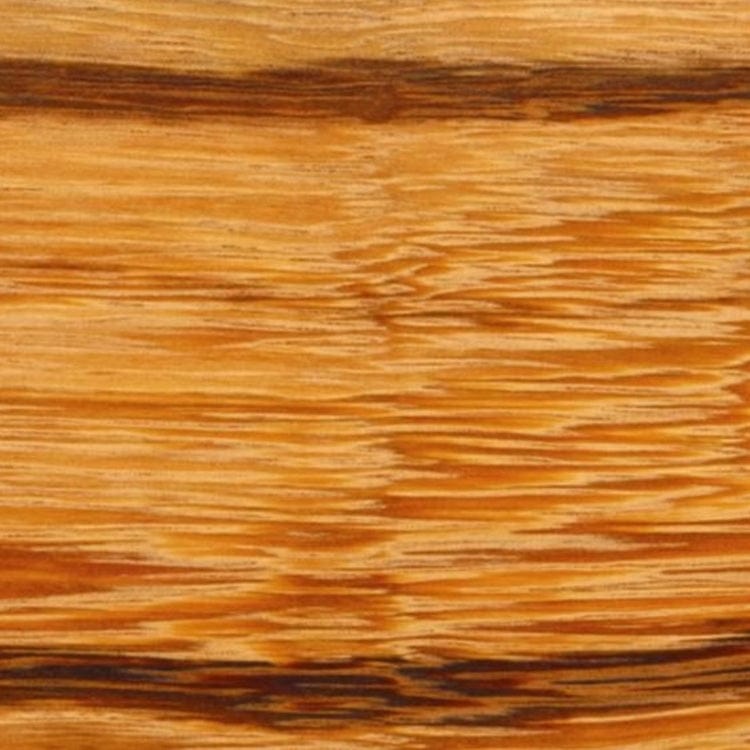
Marblewood
EXPLORE MARBLEWOOD(Marmaroxylon racemosum) Heartwood in an orange-yellow color with black wavy streaking that gives it a marble appearance.
Native to South America
-
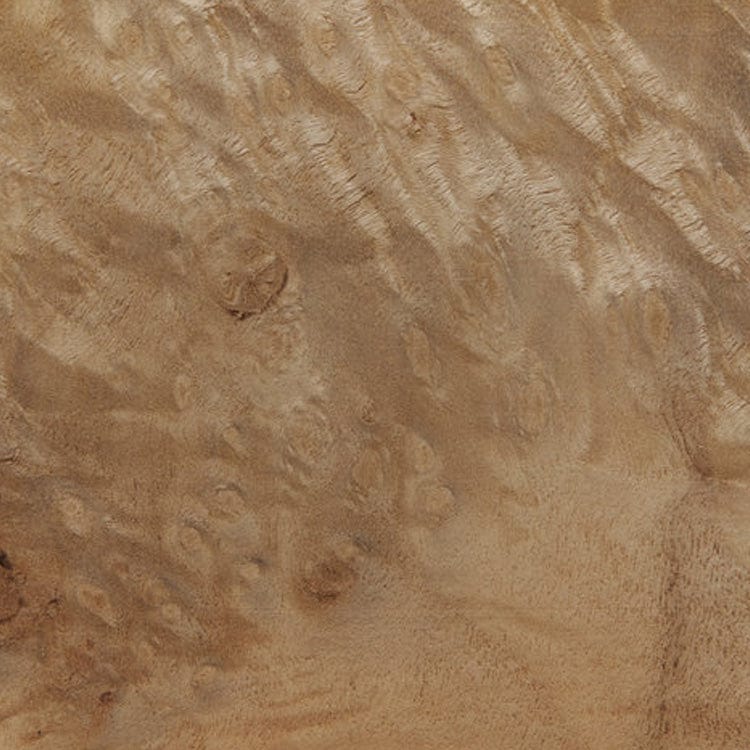
Myrtle Burl
EXPLORE MYRTLE BURL(Umbellularia californica) Heartwood is a rich golden brown to yellowish-green, ranging in hue from light to dark.
Native to Oregon and California, United States
O
-
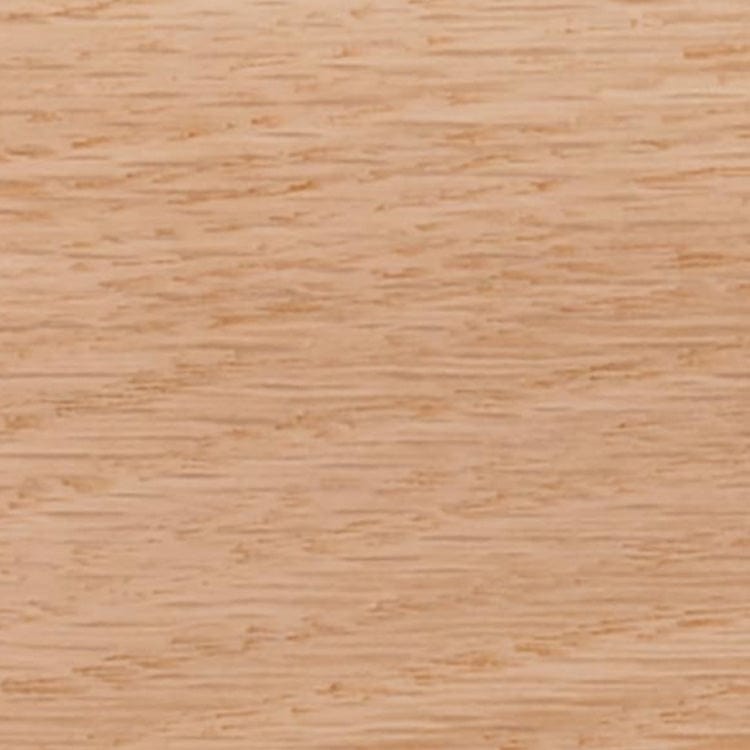
Red Oak
EXPLORE RED OAK(Quercus rubra) Color ranges from light cream pinkish-red to dark tan or golden brown.
Native to the Northeastern United States and Southeastern Canada
-
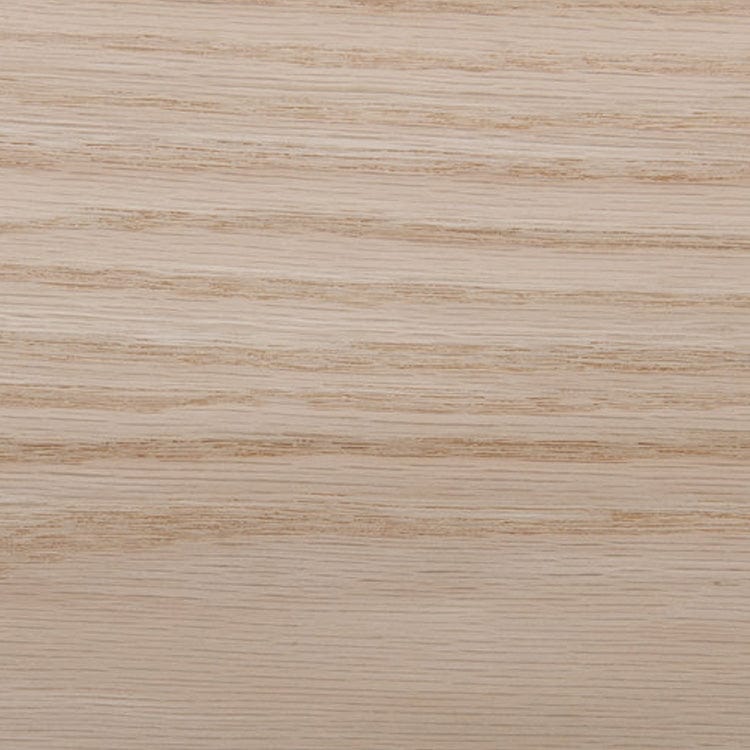
White Oak
EXPLORE WHITE OAK(Quercus alba) Heartwood is a light to medium brown, commonly with an olive cast. Paler sapwood is sometimes sharply demarcated from the heartwood.
Native to the eastern United States -
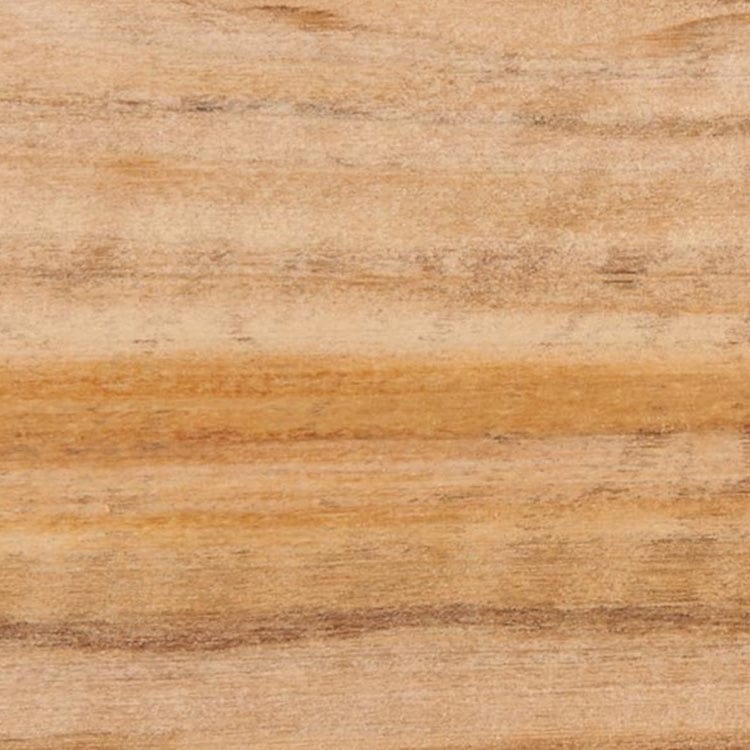
African Olivewood
EXPLORE AFRICAN OLIVEWOOD(Olea capensis) Heartwood is often pale to medium brown with irregular streaks that vary from brown to dark-brown and dark grey. The sapwood is generally pale yellow.
Native to Africa -
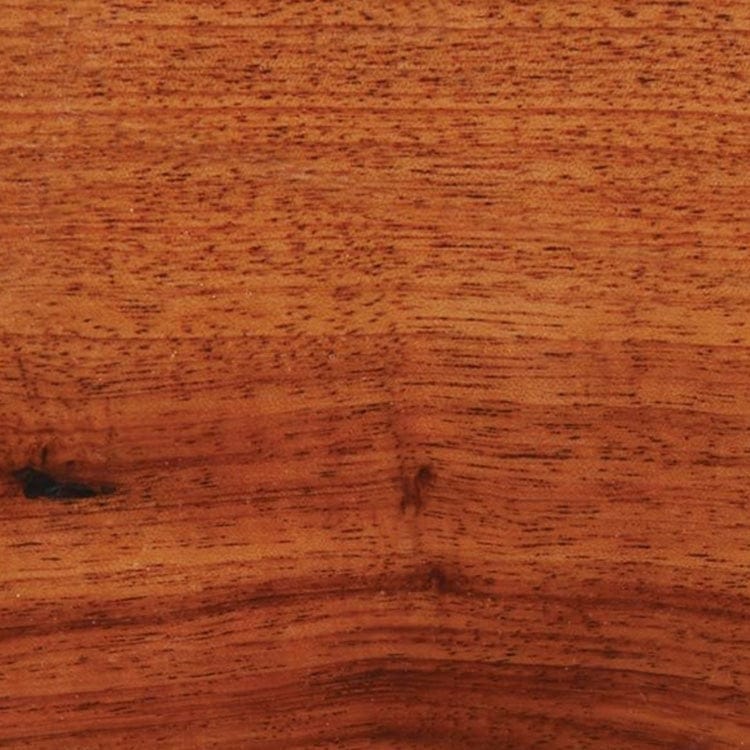
Orange Agate
EXPLORE ORANGE AGATE(Platymiscium spp.) Orange/brown to dark brown colored wood. This wood is hard, beautifully (open) grained, and works and finishes like a dream.
Native to Peru
-
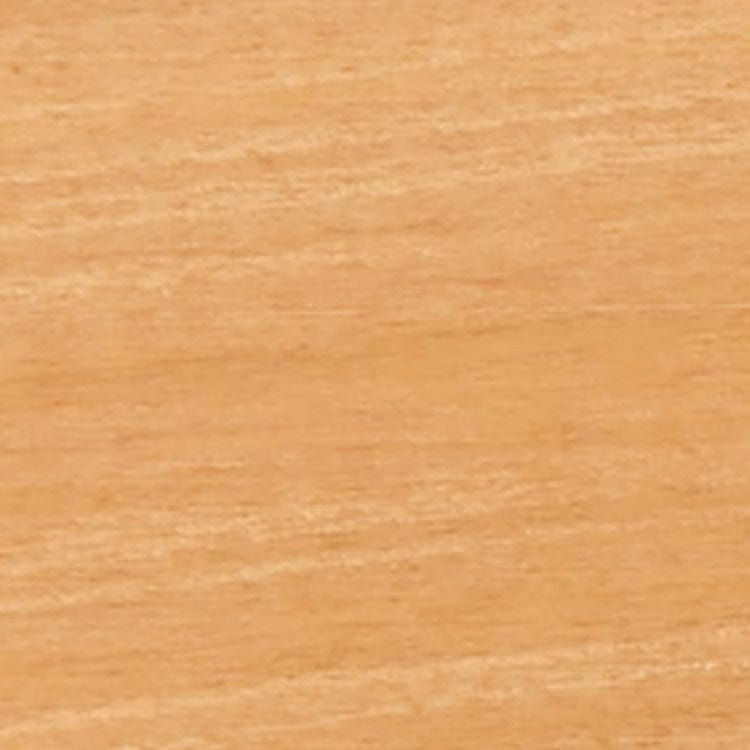
Argentine Osage Orange
EXPLORE ARGENTINE OSAGE ORANGE(Maclura tinctoria) Deep golden orange color. Bands of darker and lighter grains accentuate the heartwood.
Native to Argentina -
-
-


























































